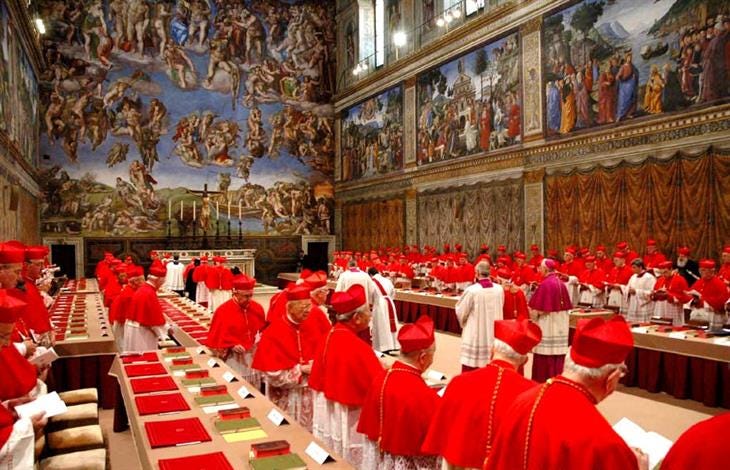Can the new cardinals vote yet?
If there's a conclave, are recently named cardinals eligible to vote?
Pope Francis on Sunday announced the appointment of 21 new members of the College of Cardinals, who will be formally invested with the red biretta — a sign of their office — in September.
But since the pope’s announcement, some Catholics have asked whether those bishops are already eligible to vote i…

